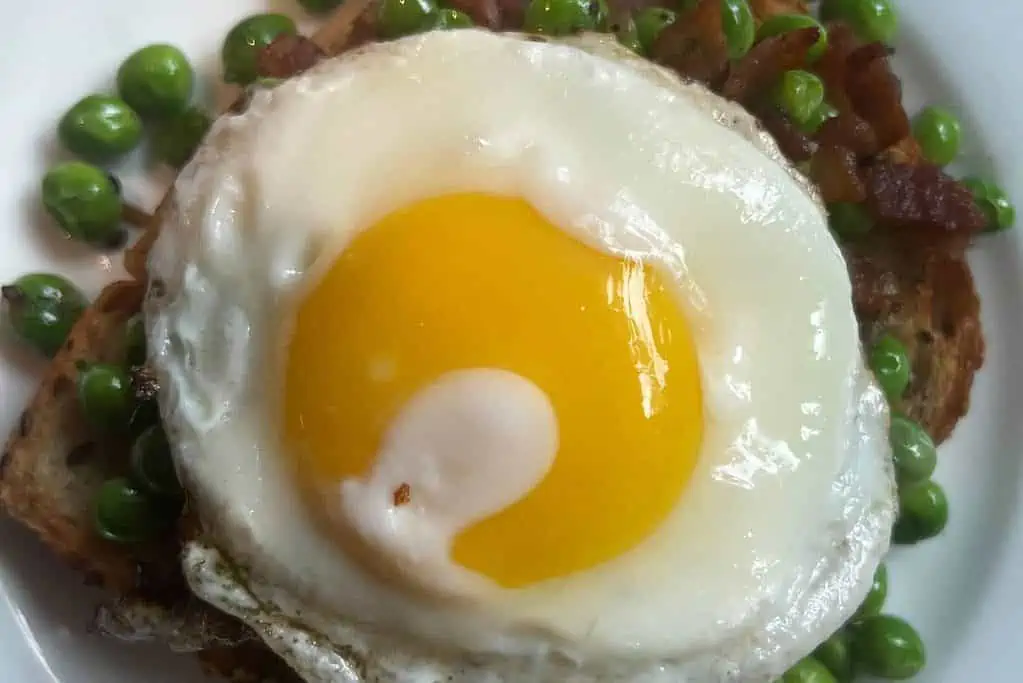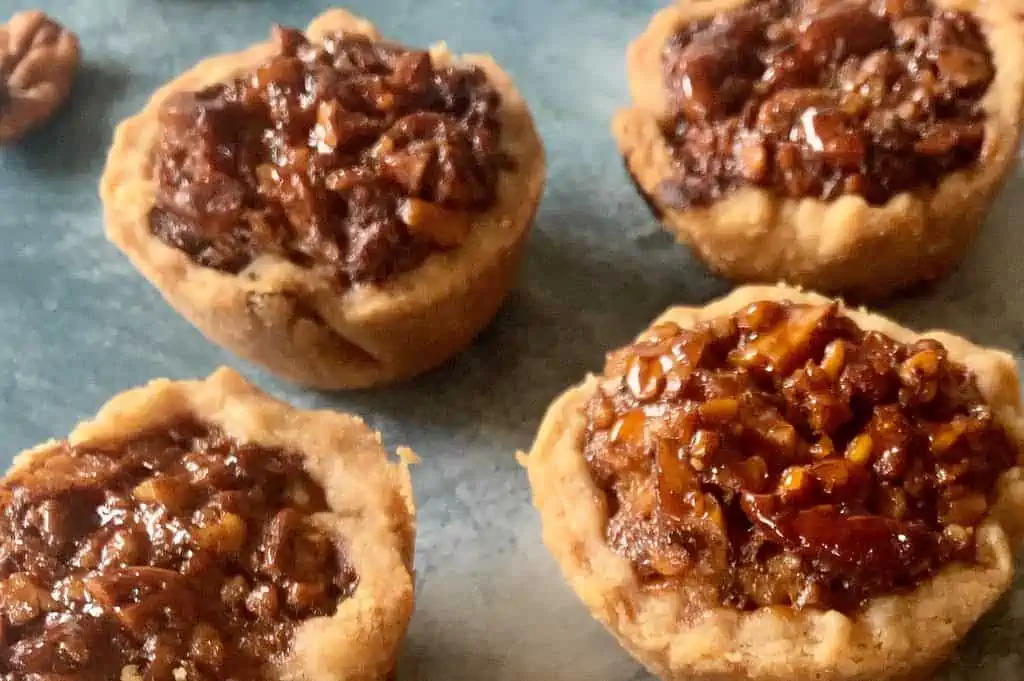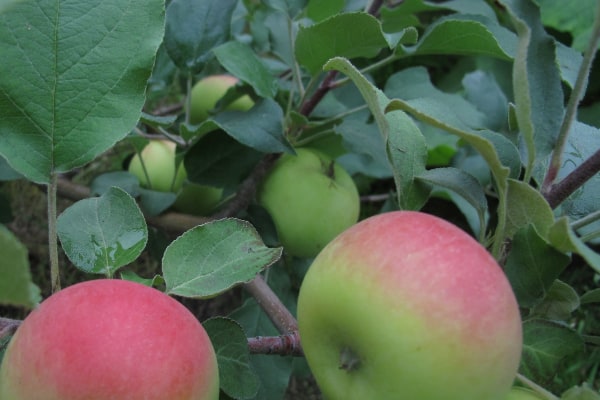One of a gardener’s goals at the end of summer is to preserve the food harvested. This takes many forms , from allowing a potato to set skin so it won’t dehydrate in storage, to the pickling root crops , to the canning of fruits , to the blanching of vegetables for freezing. One form of preserving-the – harvest we haven’t often used is drying them .
But this year we gave it a try.
When the peas were just starting to produce this past summer , we realized we wouldn’t be able to pick all that were ready. Green peas taste best while they are still small; past a certain point the flavor is no longer as sweet. It would have been a waste of time to pick them late , so we decided not to pick them at all.
We allowed them to fully mature and dry on the vine.
Then they were cut off at the soil level and placed on a tarp, where they continued to dry .
The tarp caught peas that dropped out of the pods before we could thresh them. Of course , at this point the September rains started , which were followed by snow; but thankfully the snow melted and the days got dryer. The peas weren’t harmed by the weather; they continued to dry.
On Sunday during Thanksgiving weekend, Allan checked on the peas. It was a beautiful sunny day , and we were waiting for the turkey to cook. We also have some visitors living with us right now — Stephanie is from Toronto and Frischa is from Bali, Indonesia. They are here in the Yukon for a few months with Canada World Youth. Neither of them had ever seen peas being threshed , so Allan invited them to watch.
The pea vines were now dry and brittle, so it was only a matter of walking on them to crush them; both Frischa and Stephanie helped. The pea pods were also crushed by this process, but the peas, dried to hard little balls, were not. Once all of the plants were crushed, Allan removed the larger bits of plants, setting them aside for the pigs. Then he scooped what remained into a cooler and stored it all in a cold storage. A few days later, when there was time, Allan finished cleaning the chaff from the peas. He did this by pouring the peas from one cooler to another with a fan blowing between the two. The heavier peas just fell into the bottom cooler , but the lighter chaff blew away.
Now that they’re clean and dry, the peas should store well for a long time. Some of them will be kept for next year’s seed , but the rest will be eaten. Remarkably, the peas, which in the summer would have tasted almost bitter because of their maturity, taste sweet.



